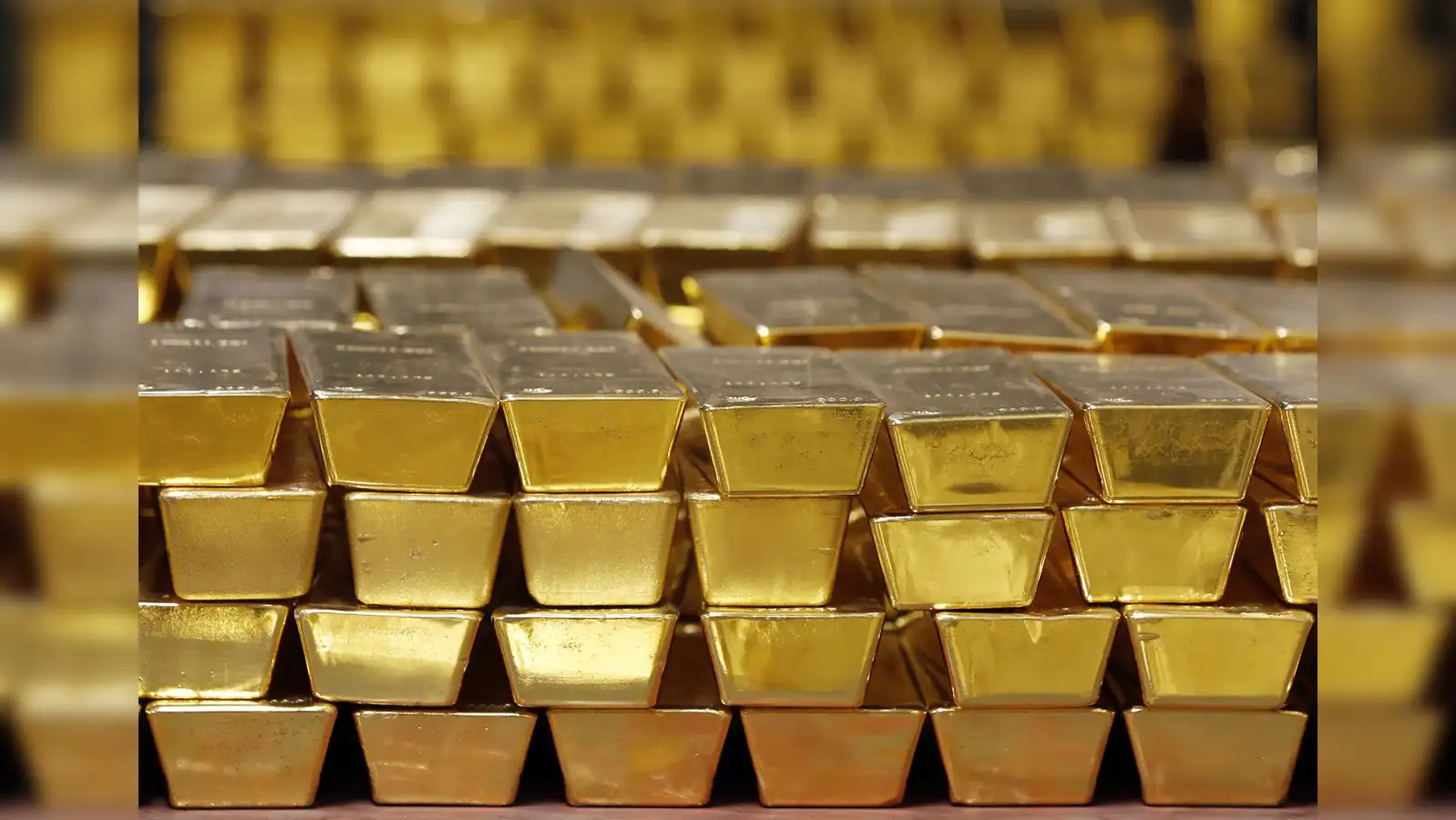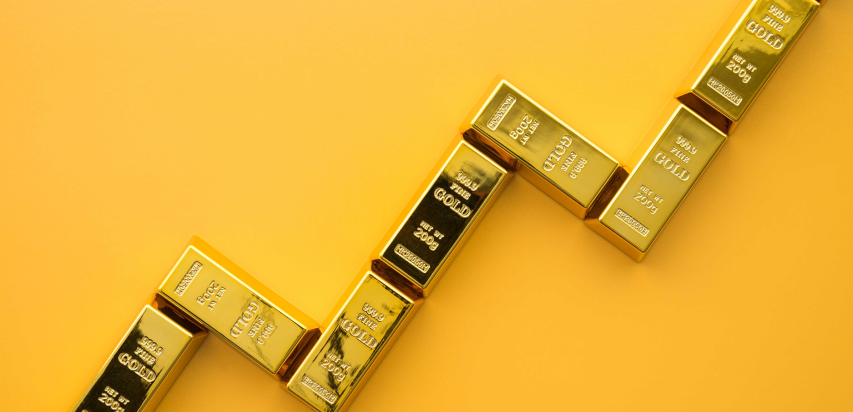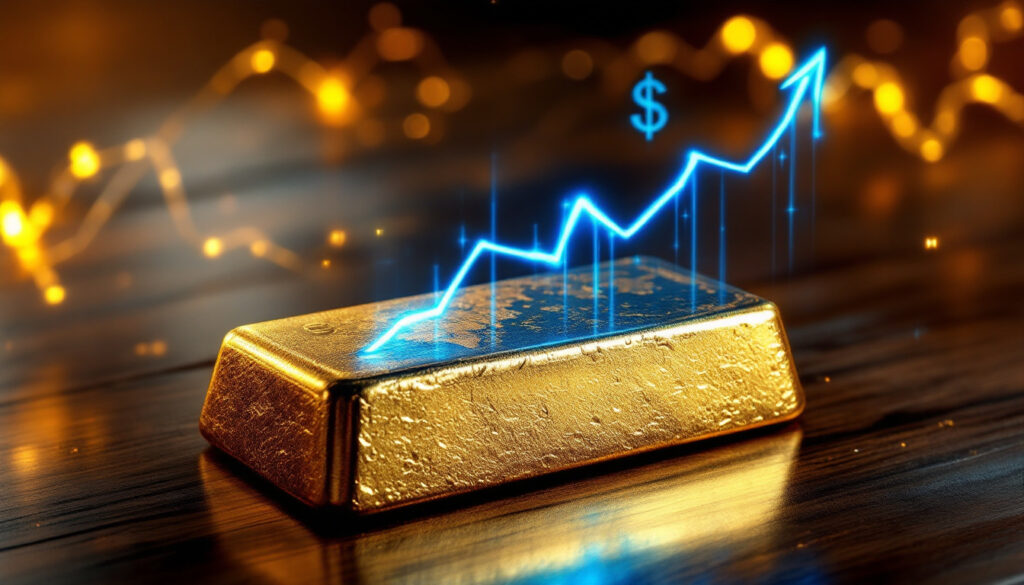Gold holds a special place in India, not only as a precious metal but also as a cultural and financial asset. From jewelry purchases during weddings and festivals to investments for long-term wealth preservation, Indians have traditionally relied on gold as a safe-haven asset. Monitoring the live gold rate for 22 Carat and 24 Carat gold has therefore become essential for both households and investors.
In 2025, as global gold prices surge to record highs, Indian buyers are closely watching domestic rates. Factors such as the international gold price, exchange rates, taxes, and local demand all play a role in determining the gold rate in India. This article offers an in-depth analysis of 22 Carat and 24 Carat gold rates, their differences, influencing factors, recent trends, and future outlook.
Difference Between 22 Carat and 24 Carat Gold
When checking live gold rates in India, it is important to understand the distinction between 22 Carat and 24 Carat gold:
-
24 Carat Gold (Pure Gold)
-
Contains 99.9% purity.
-
Known as pure gold or 24K gold.
-
Mostly used for investment purposes (coins, bars).
-
Too soft for heavy jewelry, hence less common for ornaments.
-
-
22 Carat Gold (Ornamental Gold)
-
Contains around 91.6% gold, with the rest being other metals like silver, copper, or zinc.
-
Stronger and more durable, making it suitable for jewelry.
-
Popular among households for weddings, festivals, and savings.
-
In India, most jewelry purchases are in 22 Carat, while long-term investors often prefer 24 Carat gold bars and coins.

Factors Influencing Gold Prices in India
The live gold rate changes daily and sometimes even multiple times a day. The following factors are key drivers:
-
International Gold Prices
-
Global bullion prices in US dollars directly affect Indian gold rates.
-
Any rally or correction in the international market reflects in domestic rates.
-
-
Indian Rupee vs. US Dollar Exchange Rate
-
Gold is traded globally in dollars.
-
If the rupee weakens against the dollar, gold prices in India rise even if international prices remain steady.
-
-
Import Duties and Taxes
-
India imports most of its gold.
-
Government-imposed import duties, GST, and state-level taxes add to domestic prices.
-
-
Local Demand and Festive Season
-
Demand surges during Akshaya Tritiya, Dhanteras, Diwali, and wedding seasons.
-
Higher demand often pushes up local premiums.
-
-
Central Bank Policies and Global Economy
-
Central bank gold buying trends, inflation levels, and global interest rates influence prices.
-
A weaker economy or geopolitical tensions usually support higher gold demand.
-
-
Inflation and Safe-Haven Buying
-
Indians often buy gold to hedge against inflation and uncertainty.
-
In times of crisis, gold demand increases, raising prices further.
-
Live Gold Rate Trends in 2025

As of 2025, gold prices in India have seen a sharp rise. Global prices crossed record levels in September, with domestic rates following suit.
-
22 Carat Gold Rate (per 10 grams): Prices remain high, crossing new benchmarks during peak demand.
-
24 Carat Gold Rate (per 10 grams): Has surged more steeply, reflecting global spot price moves.
The spread (difference) between 22 Carat and 24 Carat remains consistent, with 24 Carat costing slightly more due to higher purity.
Indian households continue to buy jewelry despite higher costs, while investors are increasing allocations to coins, bars, and ETFs.
Regional Variations in Gold Rates in India
Gold prices differ slightly across Indian cities due to factors like demand, local taxes, and logistics costs. For example:
-
Delhi & Mumbai: Often benchmark markets due to heavy trading.
-
Chennai & Hyderabad: High demand during festivals and weddings.
-
Kolkata & Bengaluru: Similar rates, with seasonal fluctuations.
Even though international prices are uniform, local variations make it essential to check the live gold rate for your city before purchasing.
Investment in Gold — 2025 Perspective
Gold remains a critical part of Indian portfolios. Here are common investment options:
-
Physical Gold
-
Jewelry, coins, and bars.
-
Pros: Tangible asset, culturally significant.
-
Cons: Making charges, storage risks.
-
-
Gold ETFs (Exchange-Traded Funds)
-
Traded on stock exchanges.
-
Reflect gold price movements without physical storage.
-
-
Sovereign Gold Bonds (SGBs)
-
Issued by the Government of India.
-
Provide interest in addition to price appreciation.
-
-
Digital Gold
-
Buy gold in small quantities online.
-
Backed by physical gold stored with trusted custodians.
-
In 2025, digital gold and ETFs have gained momentum among young investors, while traditional buyers continue preferring physical jewelry.

Price Outlook — Will Gold Rates Stay High?
Analysts expect gold prices to remain elevated throughout 2025 due to:
-
Ongoing global geopolitical uncertainties.
-
Strong central bank demand.
-
Expectations of interest rate cuts in major economies.
-
Domestic festival and wedding demand in India.
However, short-term fluctuations are likely. If the US Federal Reserve adopts a hawkish stance or if the dollar strengthens sharply, corrections in gold prices could occur.
Overall, the long-term trend remains bullish, making gold a strong portfolio diversifier.
Practical Tips Before Buying Gold in India
-
Check Purity: Always verify if gold is 22K or 24K. Look for BIS Hallmark certification.
-
Compare Live Rates: Rates vary by jeweler and city. Check updated prices before purchasing.
-
Consider Making Charges: Jewelry prices include making charges, which can range between 5–20%.
-
Opt for Trusted Sellers: Always buy from reputed jewelers or certified platforms.
-
Investment vs. Jewelry: Decide whether you want gold for consumption (jewelry) or investment (bars/coins/ETFs).









